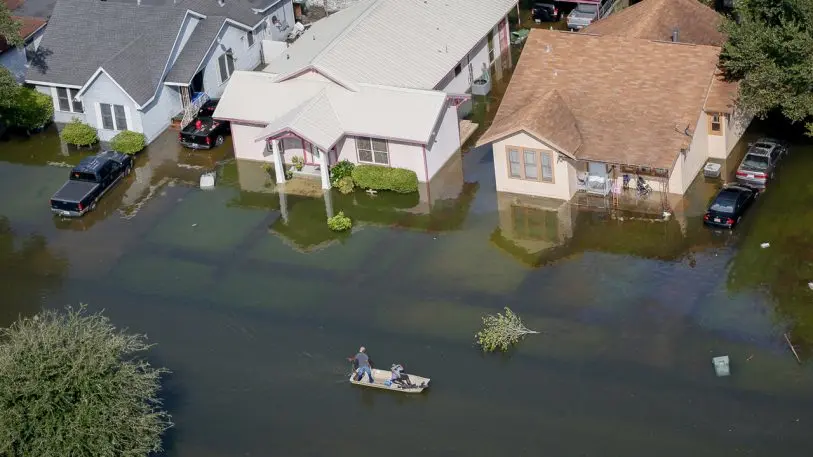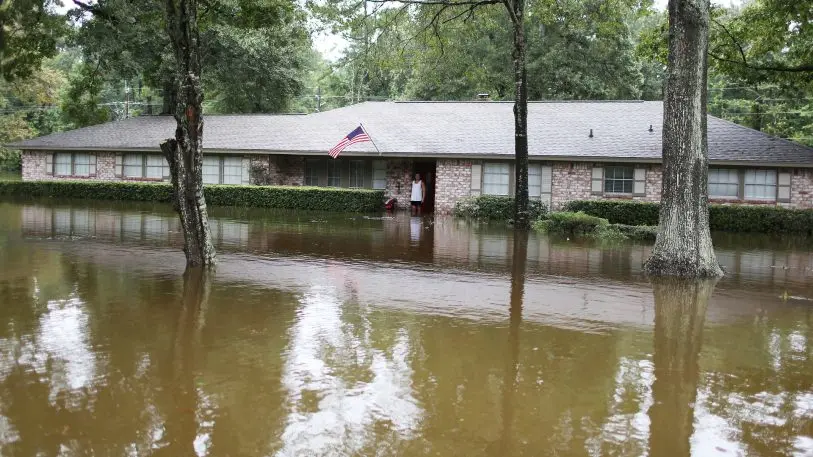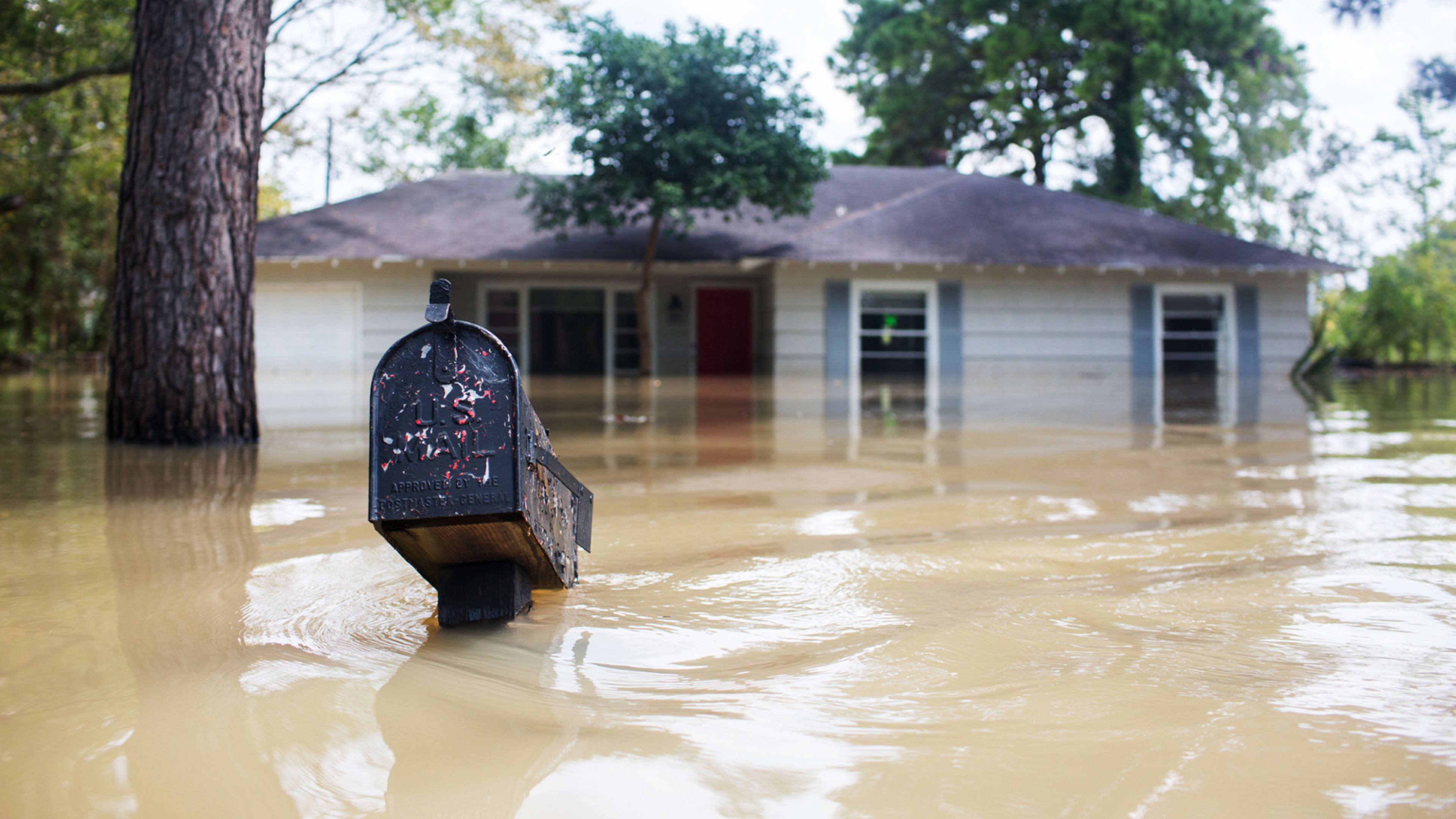In late August 2017, Hurricane Harvey slammed into Houston and outlying areas of Southeastern Texas, causing $125 billion in damages while killing at least 100 people and radically changing lives of at least 13 million more.
Then hundreds of millions in relief poured in. One year later, nonprofit evaluator Charity Navigator has the first look at what was raised, how it was spent, and what needs remain among those affected. At least 5.4 million donors gave around $774 million to 32 crisis response and aid groups, according to a new report by the evaluator.

The sheer volume of supplies doled out is staggering, including 12.8 million meals served and 83.8 million pounds of food. Response organizations also delivered massive amounts of pet food, water, and medical supplies. These groups claim to have served over a half-million households and helped about 9,000 animals. Equally important, most don’t believe their work is done—and won’t be for years to come.
“We did it to help facilitate coordination and collaboration among nonprofits and to make sure consumers and donors have an idea of the impact of their donations and what they’re doing,” says Charity Navigator’s Chief Operating Officer Larry Lieberman. The organization looked at the groups in Houston that it’s rated as reputable and effective. The list included 55 groups total (many more received money), over half of which agreed to the year-later audit.
The report includes data from the American Red Cross, Direct Relief, the Houston’s SPCA and the Houston Food Bank, among others. One-third of those groups were already responding on the date of the landfall, and more than half were up and running by the day afterward. While 90% were initially focused on basic survival efforts, about 80% also put funds toward long-term support. Especially notable was that nonprofit GiveDirectly, which traditionally focuses on cash transfers to the extremely poor, began handing out debit cards on the premise that people could probably figure out how best to spend their own emergency funds. (That effort was backed by a $5 million donation from billionaire philanthropists John and Laura Arnold.)

Most of these groups are still active in the area, and in some cases tapped other nonprofits on the ground to extend their ability to assist: about 50% of those nonprofits funded redirected donations to more groups. (In the two months after the storm, crowdfunding platforms GoFundMe and Crowdrise also saw people withdraw $65 million during that time period–more was raised total–to put toward various “survivors and charities,” the report notes.)
Among Charity Navigator’s vetted participants there seems to have been a strong attempt at coordination: “30 of the 32 organizations worth with over 300 other nonprofits and agencies to provide support, relief, and programs,” the report notes.
At the same time, Lieberman says the nearly every group still working in the area reported three ongoing problems: “There are needs and there’s a hierarchy of needs,” he says. The most pressing is affordable housing, especially for those who were totally displaced, followed by a lack of access to “skilled counseling and emotional support services.” And many people are still in the process trying to rebuild their homes and continue to need aid.
One unresolved question is whether the outpouring of support for this disaster led to donor fatigue or reduced giving later in the deadly storm season when Hurricane Irma struck Florida and Hurricane Maria decimated Puerto Rico. Much of the funds were earmarked to Harvey relief specifically, so they couldn’t be shared–another issue that nonprofits may have to eventually sort out as climate change causes mounting environmental issues that require quick responses. Charity Navigator is running similar studies on those other hurricane fundraising efforts right now.
Correction: This article has been updated to more accurately reflect the money given by crowdfunding platforms .
Recognize your brand’s excellence by applying to this year’s Brands That Matter Awards before the early-rate deadline, May 3.
